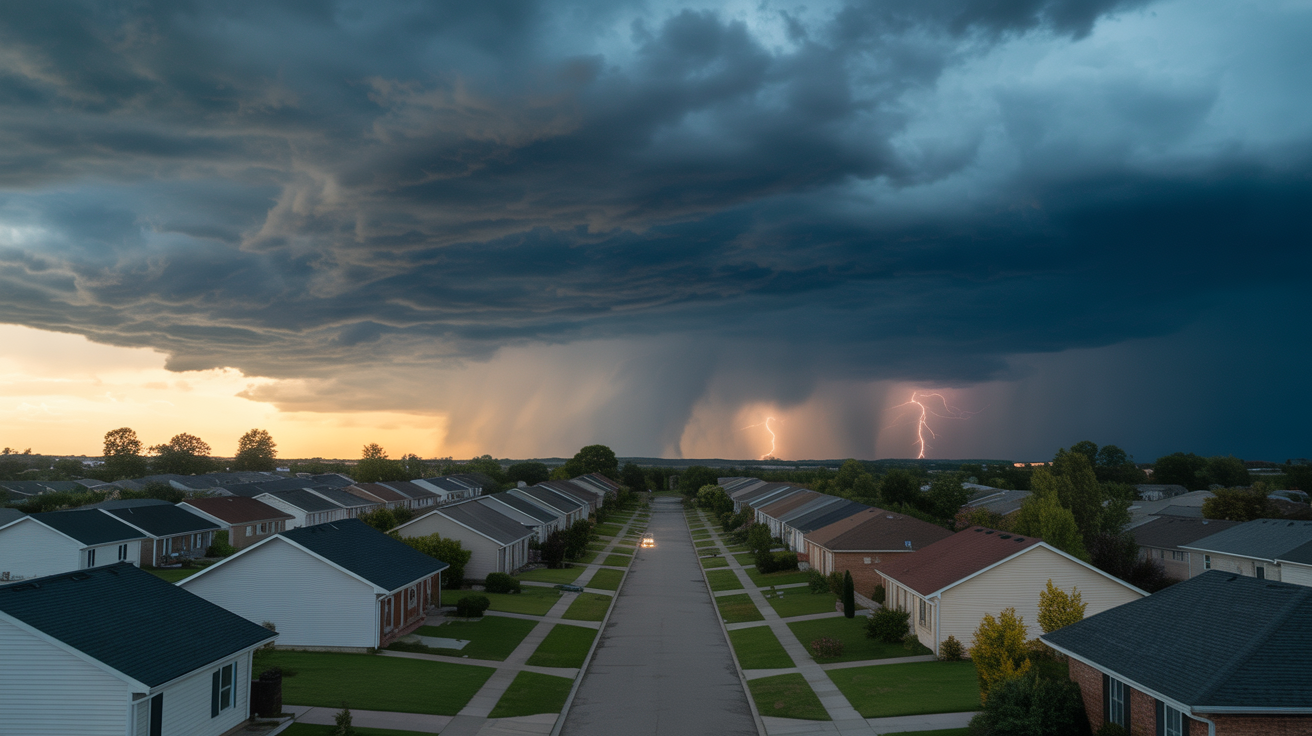Nobody wants to talk about it. It doesn’t photograph well for Instagram. There are no cool gadgets or tactical gear involved. But when the water stops flowing and the toilets stop flushing, sanitation becomes the difference between uncomfortable inconvenience and life-threatening disease. History teaches this lesson brutally. During disasters, cholera, dysentery, and other sanitation-related diseases often kill more people than the initial catastrophe. The 2010 Haiti earthquake’s death toll was horrific—but the subsequent cholera outbreak killed thousands more. Poor sanitation breeds disease. Disease spreads fast in disaster conditions. People die.…
Read MoreCategory: Survival Skills
Essential Survival Skills: Knowledge You Can’t Stockpile
You can hoard food, water, and equipment, but when disaster strikes, skills often matter more than stuff. Gear breaks, runs out, or gets left behind. Knowledge stays with you forever. These essential survival skills could save your life—and they cost nothing but time to learn. Fire: Warmth, Water, and Morale Fire provides heat, purifies water, cooks food, signals rescuers, and boosts morale. It’s foundational to survival. Multiple ignition methods: Never rely on a single fire-starting technique. Master at least three: Lighter/matches are obvious but fail when wet or damaged. Store…
Read MoreHome Security Basics for Preppers: Protecting Your Sanctuary and Supplies
You’ve invested time and money building food storage, gathering emergency supplies, and preparing for various scenarios. But have you considered that your preparedness efforts might make you a target? A secure home protects both your family and your preparations. The Prepper Security Paradox Here’s the uncomfortable truth: the better prepared you are, the more you have worth protecting. During shortages or emergencies, your stocked pantry becomes valuable. Your generator becomes coveted. Your water reserves become essential. But security isn’t about building a fortress or living in fear. It’s about making…
Read MoreBuilding a Practical First Aid Kit: Beyond the Band-Aids
When seconds count, a well-stocked first aid kit can mean the difference between a minor inconvenience and a major emergency. But walk into any pharmacy, and you’ll find pre-made kits filled with items you’ll never use and missing things you actually need. Let’s build something better. Why Pre-Made Kits Fall Short Those $20 first aid kits in the red nylon bags? They’re designed to check boxes, not handle real emergencies. You’ll get 40 adhesive bandages, a single pair of tweezers, and maybe some alcohol wipes—but nothing to control serious bleeding…
Read MoreWater Purification Methods for Emergencies: Ensuring Safe Drinking Water When Systems Fail
Clean water is survival’s foundation. While you can survive weeks without food, dehydration kills within days. When municipal water systems fail—whether from contamination, infrastructure damage, or natural disasters—knowing how to purify water becomes a critical skill. Understanding Water Contamination Water can harbor three main threats: Biological contaminants: Bacteria, viruses, and parasites cause immediate illness. These organisms are invisible but widespread in untreated water sources. Chemical contaminants: Pesticides, heavy metals, and industrial pollutants pose long-term health risks. These are harder to remove and require specific filtration methods. Physical contaminants: Sediment, debris,…
Read MoreBuilding Your First 72-Hour Emergency Kit: A Practical Guide
When disaster strikes—whether it’s a hurricane, winter storm, or unexpected evacuation—having a well-stocked 72-hour emergency kit can make the difference between panic and preparedness. This guide will walk you through building a practical kit that actually works for real-life emergencies. Why 72 Hours? Emergency management professionals use 72 hours as a benchmark because it’s the typical time frame before organized relief efforts can reach affected areas during major disasters. Your kit should sustain you and your family during this critical window. The Foundation: Water and Food Water is your top…
Read MoreManaging Stress In SHTF
While most groups and forums deal heavily with a focus on food and gear, there are many other items that you need to understand to be a well prepared prepper. Stress management is one of those items. How well do you handle stress? This is a question you need to answer honestly. You are the only one who will have to hear the answer, so please be honest with yourself. Stress can be a dangerous thing. And knowing how to deal with it can be a life saver. There are…
Read MoreWild Edibles: Cattails
Cattails, also known as bulrushes, are a type of wetland plant that can be found in marshes, swamps, and along the edges of ponds and lakes. They are a very versatile plant and can be used for a variety of things including shelter, food and fuel. The fluff acts as a good insulation material as well. But most importantly they are actually a delicious and nutritious wild food that can be eaten in a variety of ways. One of the most well-known parts of the cattail plant that is edible…
Read MoreWinter Wild Edibles (Part 2)
Yes there are options for wild edibles even in winter! 8. Maple Sap February is usually the best month to tap trees for their sap. Then boil it down for some delicious maple syrup. 9. Mullein The leaves can be brewed into a tea. 10. Chicory The leaves can be eaten raw or cooked but has a bitter taste. The roots can be roasted and steeped for a coffee tasting drink. Although it will be decaf! 11. Hickory Nuts These nuts are very calorie dense and taste similar to pecans.…
Read MorePlantain for Wounds
Plantain is a plant that has multiple uses, not only is it edible but it’s also great as an antibacterial poultice for wounds. 1. Grind plantain leaves into a paste. If it’s too dry you can add a little water but you want a paste that holds together. 2. Apply the paste generously to the wound. 3. Cover the paste and wound with clean bandages. If you don’t have clean bandages then you could use the bigger leaves from the plantain plant or large mullein leaves to cover it and…
Read More









